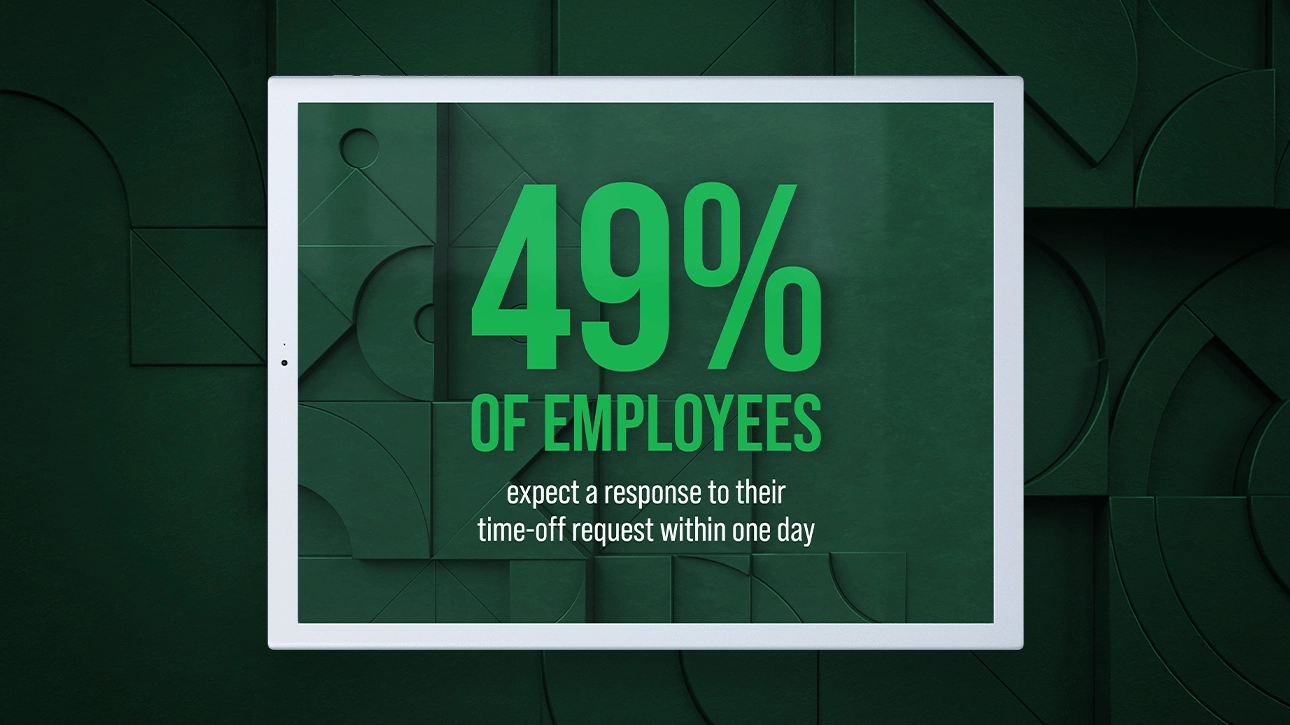How important is taking time off work? It’s not just a matter of morale — it impacts productivity and could potentially hit your bottom line. Read our infographic to learn why stepping away from work is important and how you can trust automated tech to simplify the time-off request process for employees and managers alike.
Infographic
How Everyone Benefits From Paid Time Off

Key Takeaways
- Regardless of company size or policies, employees expect a prompt response to their time-off requests.
- A manual time-off request process isn’t just frustrating for your employees. It’s taxing for the managers responsible for reviewing and approving or denying those requests.
- Using automated tools like GONE® for time-off decision-making simplifies life for HR and delivers the timely responses to time-off requests that your employees need.
- Automated decision-making tech delivers an unbiased application of your time-off policies so your employees can be confident that they’re treated fairly.
To learn more, download the How Everyone Benefits From Paid Time Off infographic.
Key Takeaways
- Regardless of company size or policies, employees expect a prompt response to their time-off requests.
- A manual time-off request process isn’t just frustrating for your employees. It’s taxing for the managers responsible for reviewing and approving or denying those requests.
- Using automated tools like GONE® for time-off decision-making simplifies life for HR and delivers the timely responses to time-off requests that your employees need.
- Automated decision-making tech delivers an unbiased application of your time-off policies so your employees can be confident that they’re treated fairly.